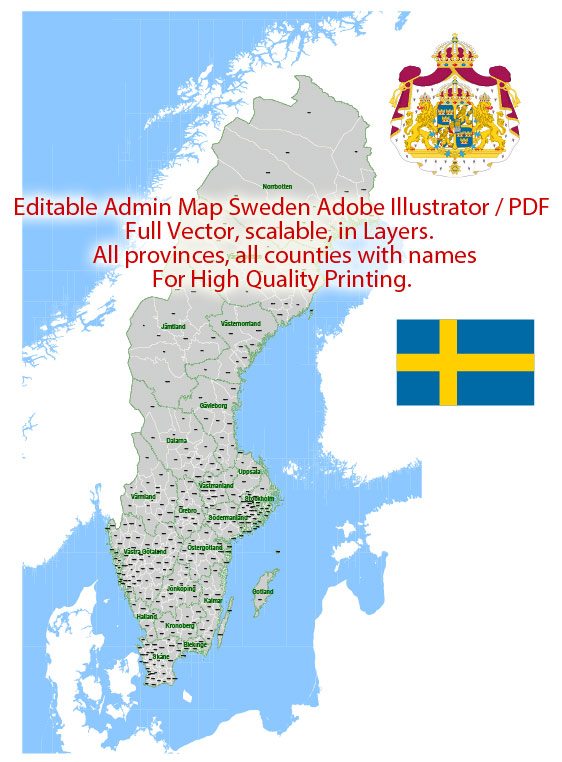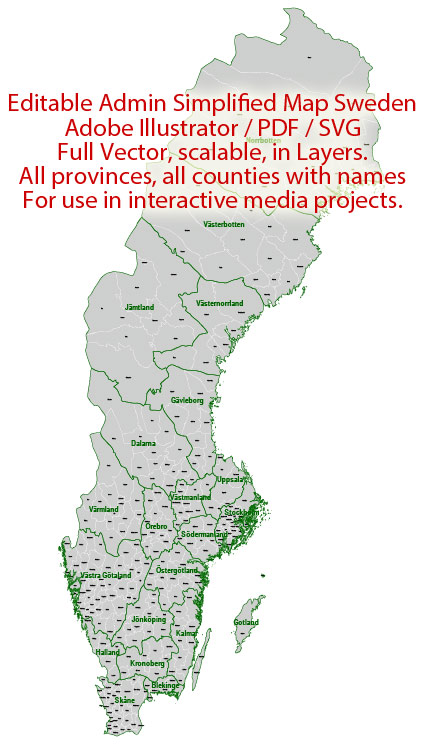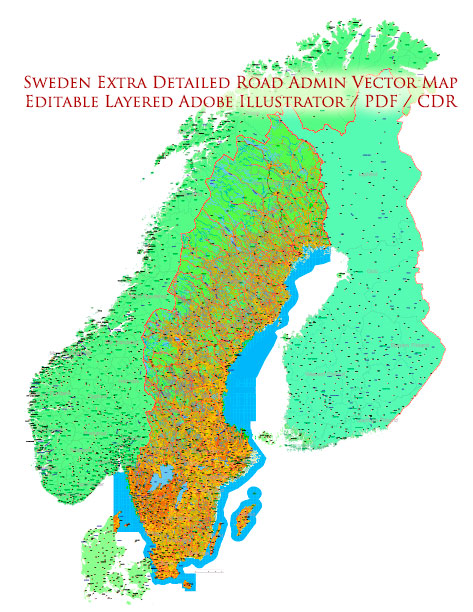Sweden’s history of urban development is marked by a combination of historical, social, economic, and geographical factors that have shaped its cities and towns over the centuries. Here is an overview of key aspects of Sweden’s urban development:
- Medieval Period (up to 16th century):
- The earliest urban centers in Sweden emerged during the medieval period, with towns like Uppsala, Sigtuna, and Visby playing important roles.
- These towns often developed around trade routes and served as centers of commerce, administration, and culture.
- Urbanization during this time was influenced by the expansion of Christianity, the rise of the Hanseatic League, and the growth of trade.
- Kalmar Union (1397-1523):
- Sweden was part of the Kalmar Union, a series of personal unions that united the Scandinavian countries under a single monarch.
- This period saw increased economic and political integration, impacting urban development through trade and administrative functions.
- Vasa Era (16th-17th centuries):
- The 16th century marked the beginning of the Vasa era, characterized by Sweden’s independence from the Kalmar Union.
- Stockholm, founded in the 13th century, became the capital in 1634. The city’s strategic location on islands in Lake Mälaren and the Baltic Sea contributed to its growth.
- Great Power Period (17th-18th centuries):
- Sweden became a major European power during the 17th century, and this period saw the expansion of urban centers.
- Architectural developments, such as the construction of palaces and government buildings, reflected the country’s prosperity.
- Industrialization (19th century):
- The 19th century brought industrialization to Sweden, leading to significant urbanization as people moved from rural areas to cities seeking employment.
- Cities like Gothenburg and Malmö grew as industrial and port centers, while Stockholm continued to expand.
- 20th Century:
- The 20th century witnessed further urbanization and the development of a modern welfare state in Sweden.
- Suburbanization became a trend, with new residential areas emerging on the outskirts of major cities.
- Urban planning focused on social welfare, with an emphasis on public housing, green spaces, and infrastructure.
- Contemporary Urban Development:
- In recent decades, Sweden has continued to prioritize sustainable urban development, with a focus on environmental concerns, public transportation, and mixed-use planning.
- Cities like Stockholm, Gothenburg, and Malmö are centers of innovation, education, and culture.
- Architecture and Design:
- Swedish urban development is often associated with functionalist and modernist architecture. Design and planning have traditionally prioritized functionality, simplicity, and a connection with nature.
- Social and Inclusive Urban Policies:
- Sweden is known for its inclusive urban policies, with an emphasis on social equality, affordable housing, and a strong social safety net.
Overall, Sweden’s history of urban development reflects its evolution from medieval trade centers to modern, innovative cities, shaped by historical events, economic shifts, and a commitment to social welfare.




 Author: Kirill Shrayber, Ph.D.
Author: Kirill Shrayber, Ph.D.